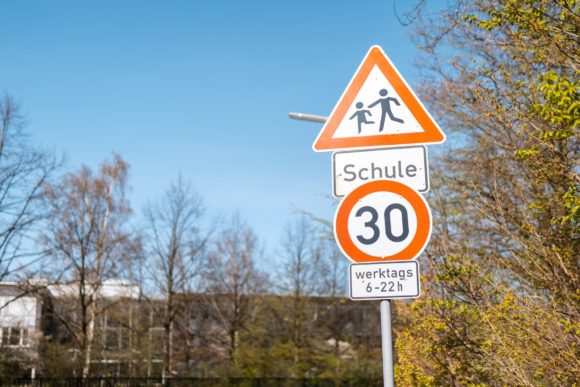by Kat Nickola
This is our first year in Germany and our children are attending a local German high school. I thought I’d write about our experience as the year progresses, so this is the first in a series of German High School Primer articles.
Before coming to Germany, my 14-year old daughter knew she wanted to attend German high school, and possibly university. She took an online German class before we moved and we started researching.
My 11-year old son, on the other hand, only decided last-minute to attend German school with no German language under his belt. Amazingly, we have found a place where they both thrive.
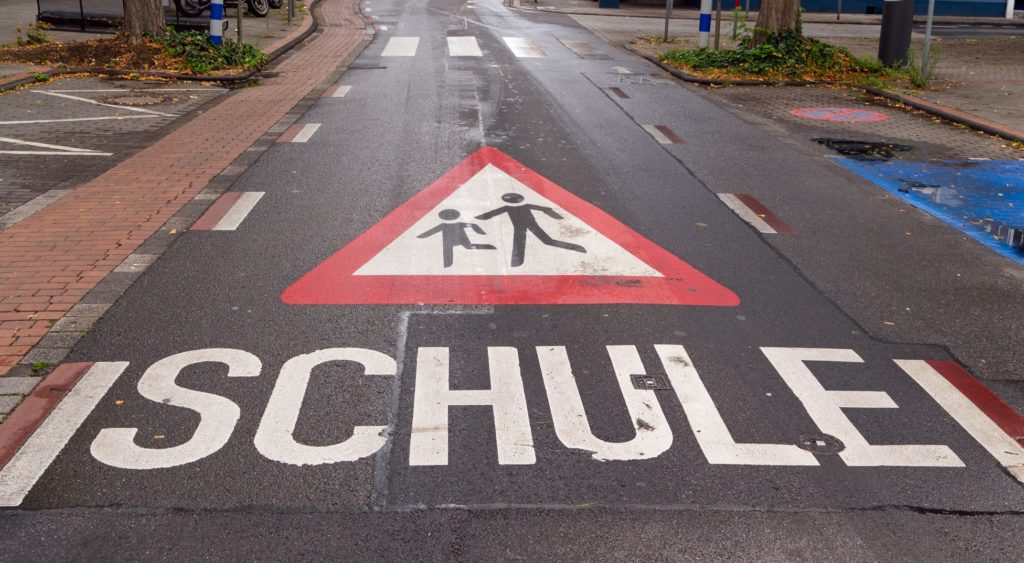 Shutterstock
Shutterstock So many choices
In Germany elementary school is called Grundschule and runs until 4th grade. Beginning in 5th grade, students attend a secondary school that matches their learning style and potential goals.
Across Germany, there are many kinds of secondary schools. In our area, we found four types: Realschule Plus, Berufsschule, Gymnasium, and Gesamtschule. In addition, there are multiple high school graduation diplomas that a student can earn (and they can earn multiple types). Again, these match the student’s learning and career goals.
It gets a bit confusing. So here is a breakdown of the school types and the affiliated high school diplomas, based on our research.
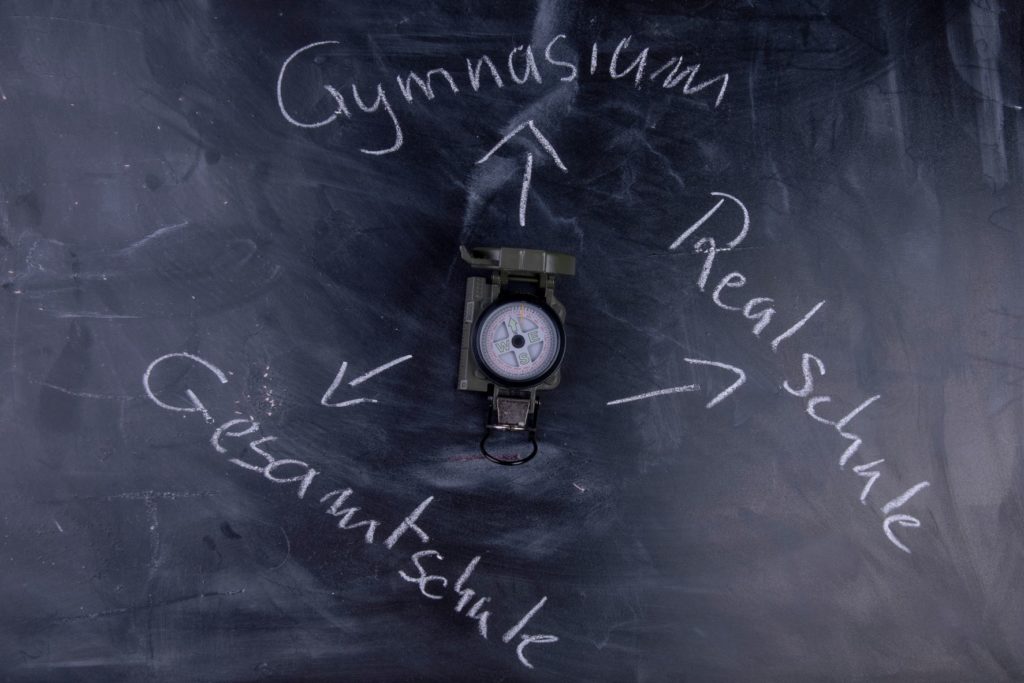 shutterstock
shutterstock Realschule Plus
Realschule literally translates as secondary school. It’s the schooling available for all students moving up from Grundschule. Classes at a Realschule Plus can be remedial or strenuous. The school distinction is that classwork (especially in older grades) is aimed at students entering vocations. There are two types of diplomas available at this school.
First, there is the Hauptschulabschluss, literally translated as a high school diploma. It can also be called a Berufsreife, or maturity diploma. This type of diploma is required to gain a spot in a basic vocational school program. It is often earned at the completion of 9th grade.
The second diploma is the Sekundarabschluss or secondary school diploma; it can also be called a Mittlere Reife, which means middle maturity diploma. It is typically earned after 10th grade, and most resources we found consider it equivalent to a regular American high school diploma (with no advanced or AP courses).
The Sekundarabschluss is required for more intensive technical school or community college-type programs like nursing or computer programming.
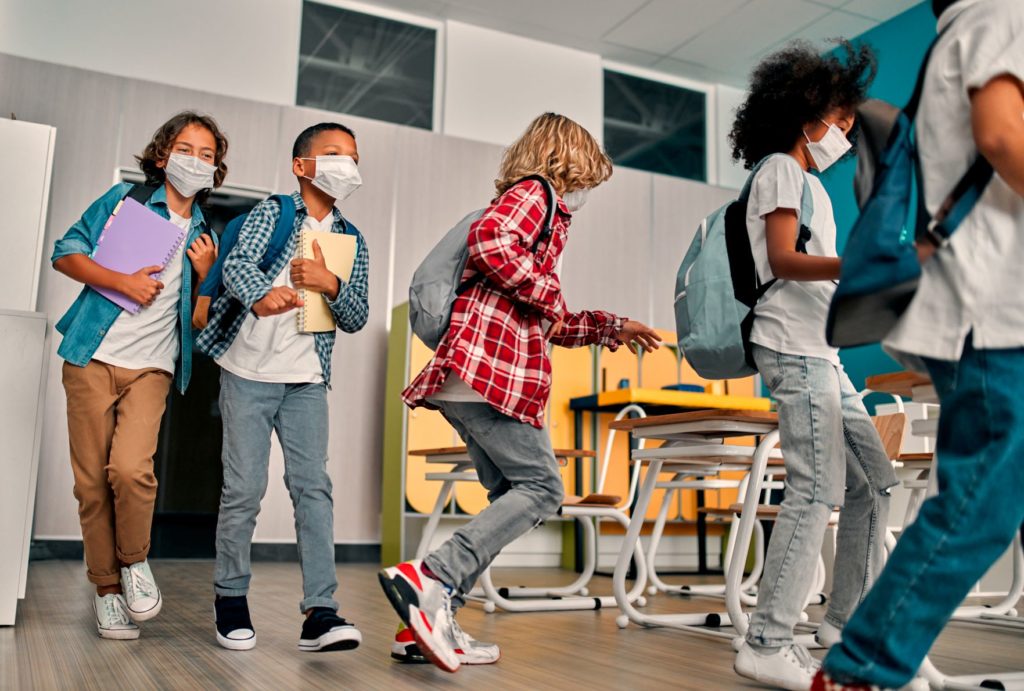 Shutterstock
Shutterstock Berufsschule
A Berufsschule is a technical school. Often, a student will enter one after 9th or 10th grade once receiving one of the “maturity” diplomas at a Realschule. These schools can be similar to a stateside vo-tech school, but some also include community college-style degrees and certifications.
Most students attending these schools will be working toward a particular certification: carpentry, computer programming, physical therapy, etc… Most Berufsschule’s that we researched had remedial German courses at the school or an affiliated Realschule nearby. Some of these technical schools have apprenticeship programs for skilled workers, matching students with a local business.
Students at these technical schools also continue their traditional high school courses; what we’d call grades 11 and 12. Their goal is usually the third type of diploma: the Fachhochschulreife (technical upper school diploma), sometimes also called the Fachabitur. This diploma earns a student entry into a technical university. Some Berufsschule programs include the option to earn an Abitur diploma (see below) while completing job certifications, thus keeping research university options open for the student later in life.
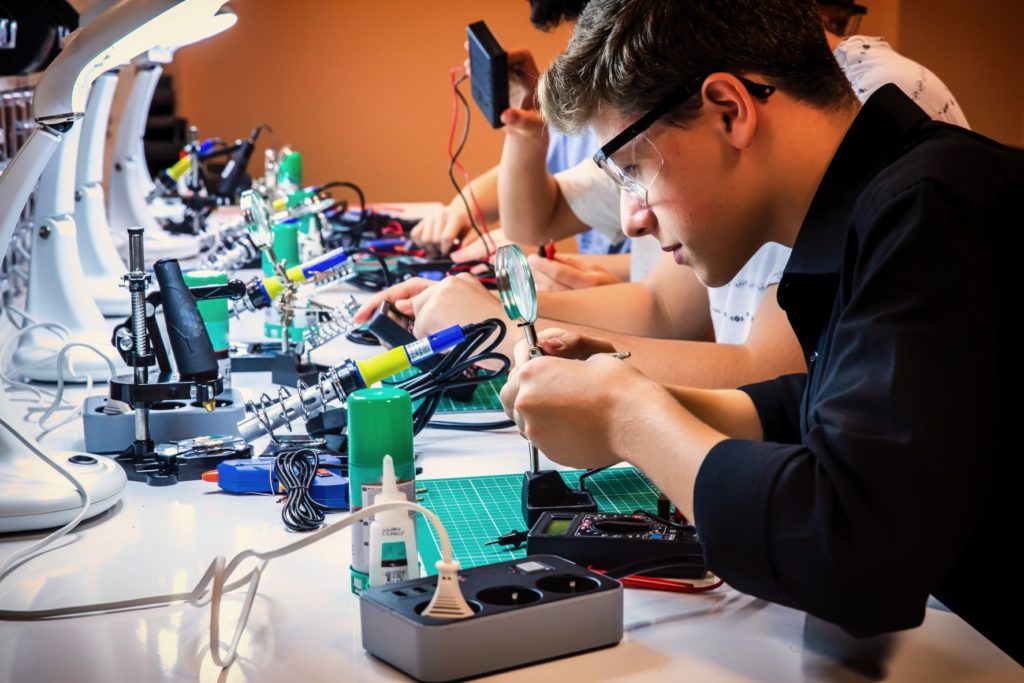 Shutterstock
Shutterstock Gymnasium
A Gymnasium is an academically-focused high school. It doesn’t generally have multiple-level coursework. Gymnasium classes are higher level and include significant homework. German students must earn their spot in a Gymnasium with high grades and a teacher recommendation. This can happen anytime, but typically in 5th grade after Grundschule, or in 11th after finishing at a Realschule.
Students attending a Gymnasium (pronounced Gim-naw-zeum with a hard G) are usually working toward a diploma given by the Oberstufe (upper school) program. In our area, the program is called the Mainzer Studienstufe (MSS), and it covers grades 11-12 (or 13 depending on the coursework and exams).
It’s an intensive program that prepares students to enter university; think AP-level. Students select three subjects to major in and must know two foreign languages. Students can earn either a Fachhochschulreife which will qualify them for a position at a technical university or they try to earn an Abitur.
What’s that Abitur thing? Well, the final type of high school diploma is called an Abitur, or Abi for short. Earning the Abitur is heavily based on passing final exams; which are written and oral. Obtaining an Abi earns a student a spot at a research university. An American equivalent to the Abitur is often given as completing high school, plus freshman year of college.
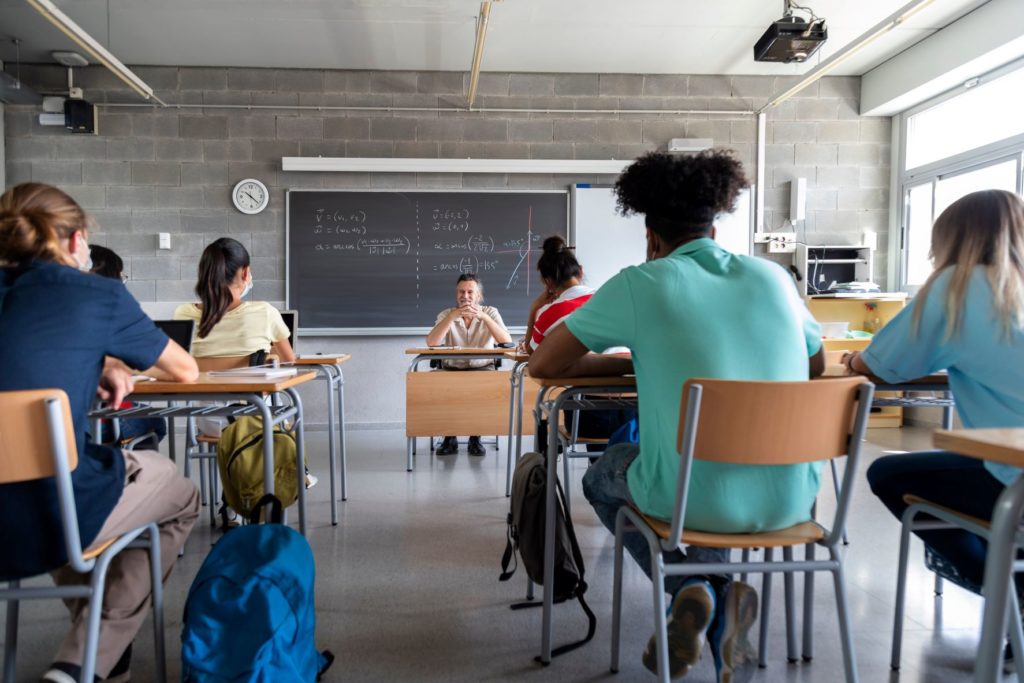 Shutterstock
Shutterstock Integrierte Gesamtschule (IGS) – Our Choice
Lastly, there is the Integrierte Gesamtschule or IGS for short. This fourth and final type of school has an integrated approach, combining Realschule and Gymnasium-style learning into a single place. Students can earn any of the four types of diplomas at an IGS, as long as they pass benchmarks and have the grades and test scores required to enter the next level or the oberstufe.
For our children, the IGS was the best choice. Why? First, my daughter is in 9th grade and is likely university-bound. But, Gymnasium is hard! Even for native German speakers. We didn’t want our kids burnt out. At the IGS they can take hard courses in subjects they understand while sticking to the basics in classes with intense German.
Next, my son is in 6th grade and has no German language. A Realschule could’ve been a great choice for him, but it’s logistically easier if they attend the same school. At an IGS, there are varying levels of classes. So, my son can be in Deutsch als Zweitsprache (German as a Second language), and still take hands-on electives like woodshop or home economics that would only be at a Realschule. All the while, my daughter can take AP-equivalent math and use the Gymnasium-style extensive science labs. We felt it was the best of both worlds for our kids.
 Shutterstock
Shutterstock With all these school options, there is always the potential to change course. Attending a Realschule or Berufsschule does not mean attending a university isn’t a possibility, just like attending a Gymnasium won’t guarantee it. The system seems to stress finding the right match for your skills and interests as they are right now, which will help match your career for the future. It is not a single linear progression like stateside schools; there are many path options and different ages at which a student may earn diplomas.
A List of German Secondary Schools in the KMCC
Realschule Plus Options:
- Kurpfalz Realschule Plus in Kaiserslautern
- Lina-Pfaff Realschule Plus in Kaiserslautern
- Franziskus Realschule in Kaiserslautern (Catholic, All Girls)
- Paul Gerhardt Schule in Siegelbach (private, Christian)
- Westpfalzschule in Weilerbach
- Realschule Plus Am Reichswald in Ramstein
- Katharina Realschule in Landstuhl (Catholic, private)
- Adam-Muller Schule in Miesau
- Realschule Plus in Quiedersbach
- Realschule Plus in Kusel
Berufsschule Options:
- BBS I – (technical) in Kaiserslautern
- BBS II – (social, medical and economic) in Kaiserslautern
- Handwerkskammer der Pfalz (vocations & technology) in Kaiserslautern
- Westpfalz Physioschule (physical therapy) in Kaiserslautern
- Meisterschule für Handwerker (master school for craftsmen)
- Berufsbildende Schule (vo-tech) in Landstuhl
- Berufsbildende Schule (vo-tech) in Kusel
Gymnasium Options:
- Albert-Schweitzer Gymnasium in Kaiserslautern
- Gymnasium am Rittersberg in Kaiserslautern
- Burg Gymnasium in Kaiserslautern
- Franziskus Gymnasium in Kaiserslautern (Catholic, All Girls)
- Hohenstaufen Gymnasium in Kaiserslautern
- Heinrich Heine Gymnasium in Kaiserslautern (also a boarding school)
- Reichswald Gymnasium in Ramstein
- Sickingen Gymnasium in Landstuhl
- Siebenpfeiffer Gymnasium in Kusel
Integrierte Gesamptschule Options:
- Bertha von Sutter IGS in Kaiserslautern
- IGS Am Nanstein in Landstuhl
- Bettina von Arnim IGS in Otterberg
- Goetheschule in Kaiserslautern (only runs to 8thgrade)
- Freie Waldorfschule Westpfalz in Otterberg (not specifically listed as IGS: alternative style of learning)
For More Information
- An English language overview of the Rheinland-Pfalz school system: https://bm.rlp.de/fileadmin/mbwwk/Publikationen/Bildung/erfolgreiche_Bildungspolitik_Englisch.pdf
- Information (In German) about each of the schools in Kaiserslautern city: https://www.kaiserslautern.de/mb/themen/bildung/schulen/pdf/informationen_ueber_weiterfuehrende_schulen_2022_2023.pdf
- Sortable list of all schools in Rheinland-Pfalz https://schulen.bildung-rp.de/
- For information on Vocational or Technical Schools, visit the Rheinland-Pfalz Berufsbildung website: https://berufsbildendeschule.bildung-rp.de/schulformen-und-bildungsgaenge.html

